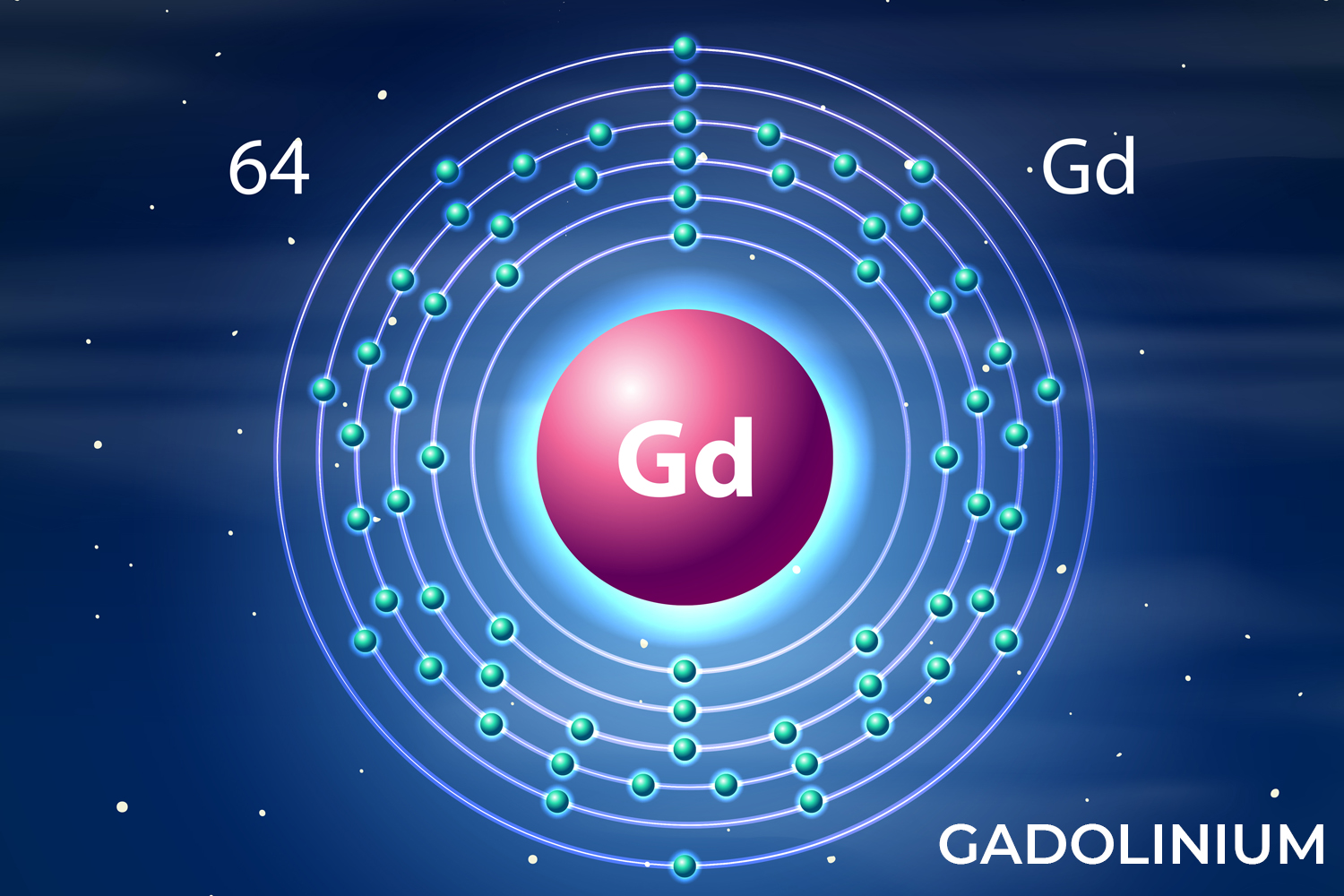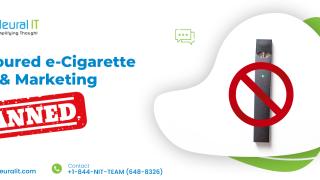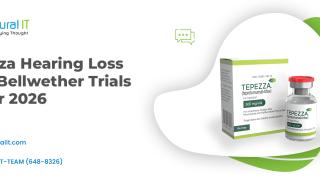Gadolinium is a chemical element, discovered in 1880 that is silvery-white in color. It has some paramagnetic properties because of which it is used intravenously in diagnostic imaging procedures to better the quality of magnetic resonance imaging (MRI) or magnetic resonance angiography (MRA). The first GBCA, Magnevist by Bayer, was approved in the U.S. in 1988.
Magnetic Resonance Imaging (MRI) is a medical imaging procedure used for making images of the internal structures of the body. MRI scanners work by making images using strong magnetic fields and radio waves (radiofrequency energy). Gadolinium-Based Contrast Agents (GBCA) are intravenous drugs used in diagnostic imaging procedures to enhance the quality of magnetic resonance imaging (MRI) or magnetic resonance angiography (MRA).
FDA has mostly approved all the GBCAs for an intravenous (IV) administration in radiology imaging as they can provide greater contrast between normal and abnormal tissues within the body. Gradually, it came to notice that these contrast agents do not leave the body immediately as they were supposed to. Gadolinium excretes out of the body through the kidneys, but due to its deposition in the body, it causes Gadolinium Deposition Disease (GDD) to give permanent injuries to kidneys. GDD is incurable, and symptoms can begin anytime from hours to months after the application of GBCA.
The five linear forms of the contrast agents include Magnevist manufactured by Bayer-Schering; MultiHance developed by Bracco Diagnostics; Omniscan created by GE Healthcare; OptiMARK manufactured by Mallinckrodt Inc.; and ProHance also manufactured by Bracco Diagnostics.
Serious Alleged Injuries May Include:
- Gadolinium Deposition Disease Symptoms
- Nephrogenic Systemic Fibrosis (NSF)
- Bone Pain
- Joint Pain
- Skin And Subcutaneous Tissue Burning Pain
- Chemo Brain Or Brain Fog
- Skin Changes
- Thickening / Discoloration Of The Skin
- “Pins And Needles” In The Arms And Legs
- Headache
FDA Safety Warnings:
2007: The FDA issued Black Box Warning and urged to avoid the use of Gadolinium in MRIs and MRAs but only for patients suspected or known to have impaired drug elimination advising those with renal insufficiency to avoid GBCAs given the increased risk for NSF.
December 23, 2010: The FDA issued a Safety Warning Communication for the use of Gadolinium-based contrast agents in patients with kidney dysfunction, ‘’requiring changes in the drug label for gadolinium-based contrast agents (GBCAs) to minimize the risk of nephrogenic systemic fibrosis (NSF), a rare, but serious, a condition associated with the use of GBCAs in certain patients with kidney dysfunction."
July 7, 2015, & a follow-up on May 22, 2017: The FDA issued a Safety Warning about Gadolinium deposits in the brain following repeated usage of Gadolinium-based contrast agents for MRI and confirmed no harmful effects on the brain.
December 19, 2017: The FDA issued a statement that Gadolinium requires a new class warning requiring several actions to alert health care professionals and patients about gadolinium retention after an MRI using a GBCA highlighting the need for a patient Medication Guide that every patient will be asked to read before receiving a GBCA. And also requiring manufacturers of GBCAs to conduct human and animal studies to further assess the safety of these agents.
2018: The FDA released new drug labels for GBCAs, which include more information on gadolinium retention.
Legal Updates:
Defendants: Bayer Healthcare; GE Healthcare; Covidien, McKesson, Bracco Diagnostics, Inc., Guerbet, LLC, Mallinckrodt Inc., Liebel Flarsheim Company LLC, and other defendants
Defendants’ Lead Counsel:
GE Healthcare Inc.: Amy W. Schulman, Esq.- DLA Piper US LLP
Bayer HealthCare Pharmaceuticals Inc.: Andrew L. Goldman, Esq.- Bartlit Beck Herman Palenchar & Scott LLP
Mallinckrodt Inc.: Deborah A. Moeller, Esq. - Shook Hardy & Bacon LLP
Bracco Diagnostics Inc.: Thomas N. Sterchi, Esq. -Baker, Sterchi, Cowden & Rice L.L.C.
Novation LLC: Marsha M. Piccone, Esq. -Wheeler, Trigg & Kennedy
Defendants' Liaison Counsel: Charna Sherman, Esq. - Squire, Sanders & Dempsey LLP
Allegations: Allegations made in the gadolinium lawsuits are that the makers of the contrast agents did not warn patients about the health risks associated with the use of gadolinium-based contrast agents.
Plaintiff Steering Committee
Peter W. Burg, Co-Chair - Burg Simpson Eldredge Hersh Jardine, P.C.
Troy Rafferty, Co-Chair Levin Papantonio Thomas Mitchell Eschner & Proctor, P.A.
Peter J. Brodhead, Plaintiffs’ Liaison Counsel -Spangenberg, Shibley & Liber, LLP
Christopher A. Seeger - Seeger Weiss LLP
Steve Skikos Skikos - Crawford, Skikos, Joseph & Millican
Michelle Parfitt - Ashcraft & Gerel
Howard Nations - Law Offices of Howard Nations
Russ Briggs - Fibich, Hampton, Leebron & Garth
Roger Denton - Schlichter Bogard & Denton
Barry Hill - Hill Williams
Mark Robinson, Jr. - Robinson Calcagnie & Robinson Inc.
Tobias Millrood - Pogust Braslow & Millrood, LLC
Jerrold Parker - Parker Waichman Alonso LLP
Jayne Conroy - Hanly Conroy Bierstein Sheridan Fisher & Hayes LLP
Ramon Rossi Lopez - Lopez McHugh LLP
Larry Gornick - Levin Simes Kaiser & Gornick LLP
Lawsuit Status:
2008: Over 250 Nephrogenic Systemic Fibrosis (NSF) lawsuits filed in federal courts throughout the US were consolidated and centralized for pretrial litigation in an MDL No. 1909 in the U.S. District Court for the Northern District of Ohio before Judge Dan Polster. Allegations included the makers failed to adequately test their products or warn that individuals could face a risk of developing NSF, a rare progressive condition which leads to the hardening and thickening of the skin, severely restricting movements and ultimately resulting in death in many cases.
2009: Bayer Healthcare initiated settlement negotiations with several plaintiffs to settle NSF lawsuits after receiving the gadolinium-based Magnevist MRI contrast agent.
2018: A growing number of lawsuits over GDD continue to be filed in courts nationwide.
On October 10, 2018, the U.S. Judicial Panel on Multidistrict Litigation (JPML), rejected a centralization motion for new GDD MDL No. 2868 against the manufacturers of gadolinium-based MRI contrast dyes stating the plaintiffs failed to demonstrate sufficient common questions of law and fact existed to justify the creation of an MDL.
The lawsuits would move forward in the U.S. District Court, where they were initially filed.
Evidence:
- Indication Of Usage In Radiology Records
- Duration And Frequency Of Gadolinium Usages
- Complications And Their Treatment After Exposure
Medical Record Review and claim validation of Gadolinium cases should take approximately 3 hours in most instances; however, this approximation may vary in cases based on the volume of records.





